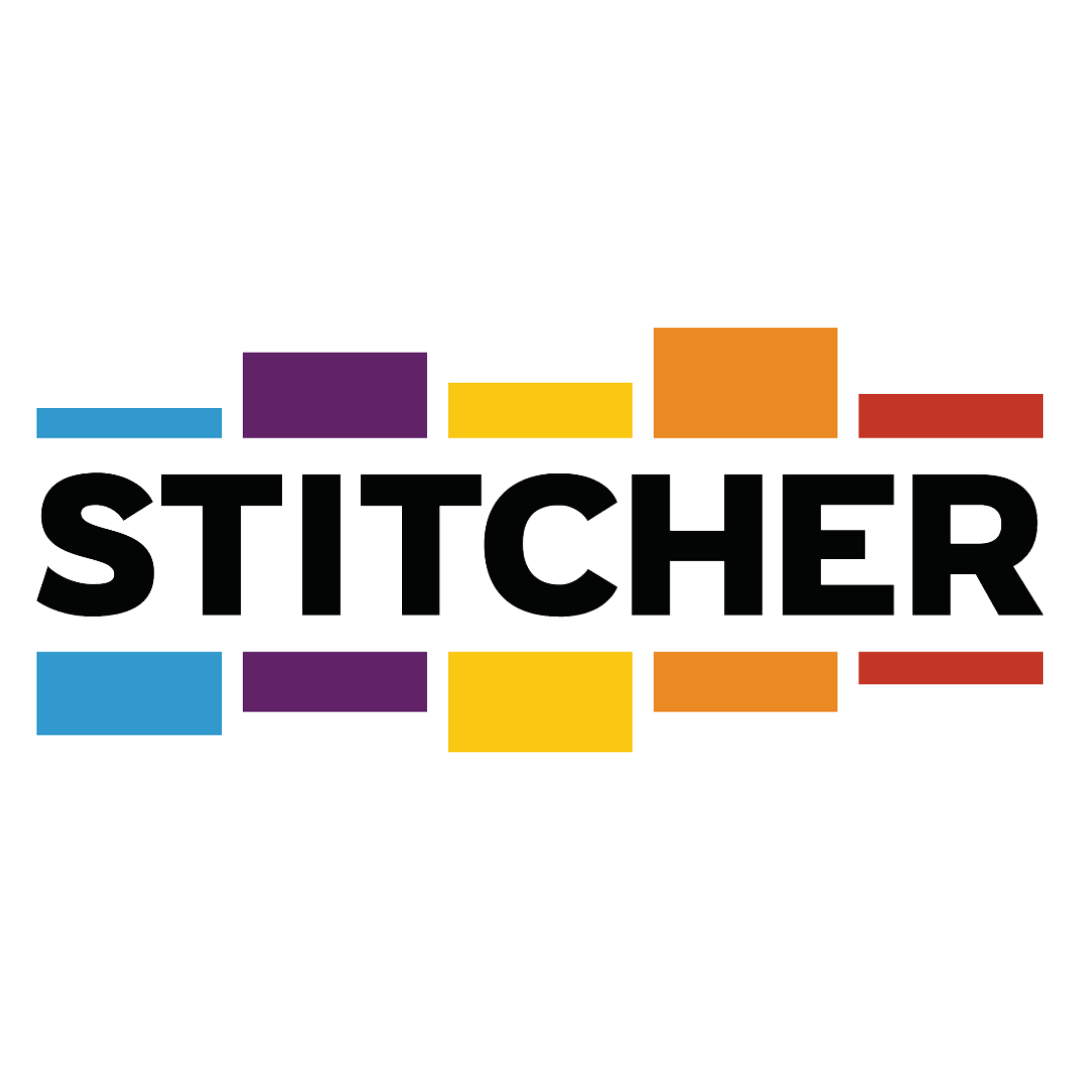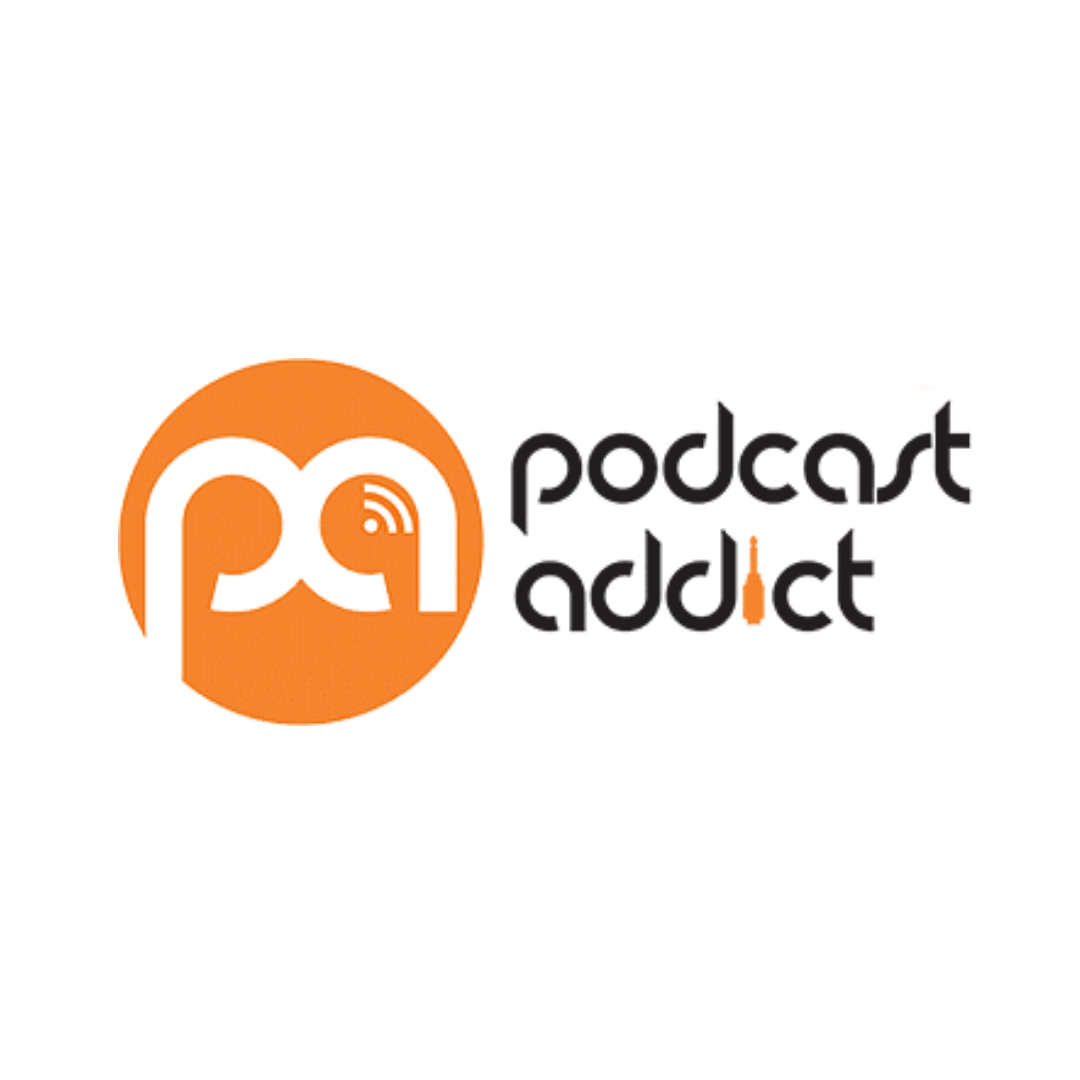Segmentation & Targeting - Branding Industry
Join Our Newsletter
Introduction
This is part two of episode #117 which was on niching.
It outlines what's involved to segment the market, and why it is essential to do before targeting.
Show Notes
This is part two of episode #117 which was on niching.
It outlines what's involved to segment the market, and why it is essential to do before targeting.
Segmentation is challenging to do for small businesses that lack the time and resources of large organisations. Perhaps this explains why the topic isn’t much discussed in the small business sector despite being a cornerstone to marketing. This episode covers:
- How to segment the market by reference to customers' different wants and needs
- How I am researching and segmenting the branding industry
- Using qualitative research to decide the criteria by which to segment the market
- Following up qualitative research with desk research
- Interviewing potential target customers before finalising choice of target market
Valuable Resources:
Brand Tuned Accreditation
Brand Tuned Newsletter
www.brandtuned.com
Transcript
Shireen Smith: Segmentation is the cornerstone of marketing. It amazes me that there is so little information available on how a small business can tackle it. After all, without segmentation, accurate, targeting becomes impossible. And without targeting, positioning becomes very difficult to execute.
Hello, and welcome to the Brand Tuned podcast, which discusses all things brand related, including the essential trademark and IP dimension. I'm your host, Shireen Smith, IP lawyer, Brand Manager, and author of Brand Tuned The New Rules of Branding Strategy and Intellectual Property.
Before the episode begins, I just want to mention the Brand Tuned Accreditation course, which is in the pipeline, it will cover how to create a brand strategy, taking account of intellectual property as it arises during the process. brand protection considerations impact the choice of names or other brand identifiers. So to make better branding decisions, register your interest brandtuned.com. The link is in the show notes
Happy New Year. I’m excited for the year ahead as I’m sure you are too! What’s your intention for 2022?
Today I’m picking back up from where I left the subject of niching in December’s episode. To recap, specialising involves a decision about what interests you, what you enjoy doing and can offer as well as noticing the market demand for it. Then it’s about focusing on one niche at a time. The starting point to identifying the right target customer for your product or service, involves segmenting the market you want to serve, which is the subject of today’s episode.
Personally, my interests have drawn me to narrow my focus to the legal aspects of branding and to broaden my knowledge of related disciplines like marketing and brand management so I can provide a holistic approach to branding.
I get a lot of joy from learning. As Henry Ford once said: “Anyone who stops learning is old, whether at 20 or 80. Anyone who keeps learning stays young.” Learning keeps you more engaged in your work and is essential to staying abreast of the latest developments.
Having formally studied marketing in 2021 gives me a roadmap to navigate business because I now clearly see how everything fits together. The importance of being market oriented and diagnosing the situation you’re in before setting strategy is something I’ve taken on board. You can’t do proper targeting and positioning without first Segmenting the market.
Segmentation isn’t a topic that is not much discussed in the small business sector, and yet it’s the key to understanding the different wants and needs customers have for our products and services. It involves sorting customers into smaller groups by reference to criteria such as their behaviours and attitudes that you first decide are relevant. You can then put a value on the various customers before deciding which ones to target.
Market segmentation is about the market. It's not about your own organisation. Targeting comes later. Segmentation is purely about identifying the natural clusters in the market and grouping them in the correct manner. Targeting follows and is all about the business, but segmentation has nothing to do with us and everything to do with the market itself. Conflating segmentation with targeting is wrong.
When segmenting we’re looking to categorise the market into groups that want the same things, that think the same things, and behave in the same way. Targeting on the other hand, is all about us choosing a segment we want to serve based on its profitability and suitability to what we have to offer. Getting segmentation right sets you up nicely to position your offering before choosing tactics such as communications.
Not all customers are created equal. Very often, a smaller proportion of customers account for a much bigger proportion of revenues and profits. By quantifying each segment and understanding their different wants and needs upfront, it’s easier to select the right segments to target. One can choose segments that are more concentrated and with higher potential.
A decent sized segment has the economies of scale and revenue size to prove commercially attractive, but because it's been built from a similar homogenous group of people, it has the shared characteristics that allow us to treat them as a group.
I think it’s rare for small businesses to start by segmenting the market. Perhaps that’s because they don’t know how to do it, and the professionals they engage also invariably either don’t know how to segment or are not being paid enough to spend the necessary time to do so.
I must admit, I’m not finding it easy or quick to do segmentation. My intention is to offer a training course in branding that explains intellectual property issues to consider in the context in which they arise during the branding process. Although the course could suit entrepreneurs, branding professionals are the ones I want to create the course for. That means first segmenting the branding industry.
The difficulty I’m having is down to the fact that much of the course instruction in the Mini MBA on marketing was appropriate to big businesses. I also bought a book on segmentation to help me but that too is far too complex and over the top for my needs. The way a big business approaches segmentation isn’t relevant to small businesses because they lack the resources, the know-how, the budget and the time to approach segmentation in the way a big business does.
Segmentation is the cornerstone of marketing. It amazes me that there is so little information available on how a small business can tackle it. After all, without segmentation accurate targeting becomes impossible, and without targeting, positioning becomes very difficult to execute, and without positioning, everything that follows will probably go wrong. Segmentation is the foundation to start with.
A big business kicks off the segmentation process by doing initial qualitative research, such as focus groups, ethnography, nethnography, projective research etc to orient themselves to customers. Then having inductively understood the market they channel their insights into a quantitative survey that's commissioned across a representative sample of the market and collect the necessary quantitative data to build the segments and their values.
A small business simply can’t do the research to build a big proper robust segmentation, so it needs to do research and diagnosis differently.
I know that many marketers working for smaller companies are paralysed by not knowing how to tackle this necessary research, so I’m not surprised that many small businesses skip doing segmentation. But some research is always better than none.
Personally, I’ve tried doing Survey Monkey surveys in the past to collect information in a more scientific way for various projects within my business and found it near impossible to get the survey questions right, never mind trying to get enough people to complete my surveys. I feel my time could have been better spent, just doing qualitative research, such as by talking to a few people.
I’ll let you in on how I’m approaching research and segmentation in case you find it useful for your segmentation work.
I’m trying to get a picture of the branding industry. So, using secondary information which I’ve found on Google that is freely available, I’ve got some insights into the branding industry. There are paid resources such as industry reports that I need to access by visiting the Business and IP Centre of the British Library. However, due to the current COVID situation with high infection rates I haven’t visited the library yet and intend to do so in February or March.
Once I’ve visited the library and produced a basic segmentation map of the market, depending on what the secondary data shows, I’ll be able to calculate the value of the segments to assess their attractiveness and I’ll pick a target.
In view of the lack of information on how to segment for small businesses, I’ve decided to invite a few guests in upcoming episodes to discuss how small businesses can tackle segmentation. I think the topic is highly relevant for listeners of this podcast given that people creating new brands tend to be start-ups or early stage businesses that are rebranding.
In my research so far I’ve learnt there are four big groups dominating the brand agencies market, Omnicom IPG, WPP and Publicis. These 4 are behind many well-known agencies. For example, WPP owns advertising agencies like Ogilvy, brand consultancies like Brand Union, research companies like Kantar, and they own several PR and digital agencies too. So, a big household name brand can access all the services it needs from one group if it so chooses.
Beyond the Big Four, there are still lots and lots of independent agencies, some large well-known ones such as Prophet which specialises in brand strategy, Seren which focuses on experience design, Saffron are brand consultants, Ideo is all about innovation, McKinsey, Bain & Co offer business strategy. Agencies often shade into each other offering advertising, experience, service design, brand consultancy, design, strategy, innovation, etc.
Within each agency, people tend to be divided into creatives, strategy, planners, accounts etc. I’m interested to speak to individuals working within brand consultancies and advertising agencies, predominantly creatives I think but maybe some planners too and from what I already know consultancies like Interbrand, (that belongs to Omnicom), employ lawyers so, I’m keen to talk to some such lawyers to find out how they get involved in branding projects.
Branding is a difficult subject because while it’s a subset of marketing, it has grown into something far bigger nowadays. For example, Mark Ritson has an entire separate course on brand management and doesn’t even cover branding in his marketing course.
And some companies have created a new role of chief brand officer. For example, Steve Easterbrook at MacDonald’s, and Marc Pritchard at Procter & Gamble have been given responsibility of managing their brand right across their respective organisations.
So, while most brand managers work in a company’s marketing department, as managing a brand involves managing the customer’s experience, which depends on people outside the marketing department, such as operations, customer service, HR, R&D etc, it’s likely that more organisations will create a dedicated role of brand manager.
In my experience, in the small business end of the market designers play a bigger role in branding than marketers because people associate branding with design, even though they may know that a brand is about more than a logo. So graphic designers tend to be the people small businesses turn to for brand identity work even if they have little experience of branding. They gradually pick up the necessary skills they need to create brands. I have personally experienced working with small one or two person agencies for my own business and would like to understand how branding projects are dealt with in larger organisations.
The branding industry includes the marketing and design industries which is why I’m separating designers from marketers when segmenting the market. I reckon their needs are likely to differ but first I need to understand how they each contribute to projects in the various organisations they work for and with. Are marketers briefing designers or do designers also deal with strategy work? How is the work done, or how does it differ when people are employed within companies rather than when they’re employed in agencies this all relevant to segmentation decisions I need to make. And freelancers have different wants and needs to employees so may need to be categorised separately too.
Another issue is that the intrinsic needs of client projects people work on might affect segmentation because when you’re rebranding a big company they may have in house legal teams.
To what extent do their lawyers get involved in branding projects? Judging by Facebook’s decision to use a name like Meta I suspect the legal considerations are irrelevant to the likes of Mark Zuckerberg who has a big pot of cash to buy out other people’s existing rights.
The other criteria I want to bring into the segmentation exercise is the level of seniority of the individual marketers and designers. How much more aware of IP are senior branding professionals? To what extent do they want to better understand IP to take it into account in their decision making?
Before completing the segmentation work and picking a target customer, I’m going to interview marketers and designers employed in various different types of organisation to understand how they are involved in brand creation projects. This will help me to build a portrait of the target customer. What do they currently do or buy in the way of training courses? What do they consider etc?
What I’m suggesting is that it’s necessary to fully understand an industry to be able to select the segmentation criteria for slicing and dicing the market and grouping people based on similarities between them, on key issues of attitude or behaviour or demographics.
Each group needs to be relatively different in their attitudes and behaviours from the other segments in the market to justify putting them into a separate group. So the objective of the preliminary interviews before finalising the segmentation map is to decide the segmentation criteria.
Once I’ve visited the British Library and have completed the map, I’ll pick a target and go in and talk to a couple of people in those target segments to understand if they’re the right target. If they're not attractive, I won’t target that segment and will look at another. Only after understanding what the customer thinks will I finalise my choice by creating a customer portrait for whom to position my course.
I hope this episode will have been useful to you to know how to go about targeting the right customers. If you decide to target lawyers or accountants you must first thoroughly understand those industries and the different players in order to segment the market and pick the right target segment.
Business by its nature is messy. You can’t stop everything to get all your ducks in a row if you’re already in business. You need to attract customers, despite not having done segmentation and targeting. The thing is to work on segmentation as a strategy project on the side which you work on in between paid work assignments. Thinking through your strategy for the year ahead is the way to improve your business while still running it in the meantime. It’s about carving out time to work ON the business rather than IN it all the time. If you’ve not come across the excellent book, The E-Myth Revisited: Why Most Small Businesses Don't Work and What to Do About It by Michael Gerber, it’s worth doing, just to get inspiration to set aside time for working ON the business.
The important message I want to leave you with is this: In any area of life, before deciding how to conquer a situation the first step is to do a diagnosis. Marketing is no different. People assume marketing is all about promotion, communication, and lead generation so they often just jump in without doing the preparatory work. They waste valuable time and money on tactical activities without first getting the clarity they need. No wonder so many businesses fail or achieve mediocre results. Don’t waste energy buying tactics based products and services, designed to improve your business’ lead generation, or story-telling, or content strategy or whatever, when you still have work to do to set your strategy. Focus on getting segmentation, targeting and positioning properly sorted before investing time and energy on tactical stuff. They will just make you busy and take time away from important work that needs to come first. After all, the essence of strategy is choosing what not to do.









